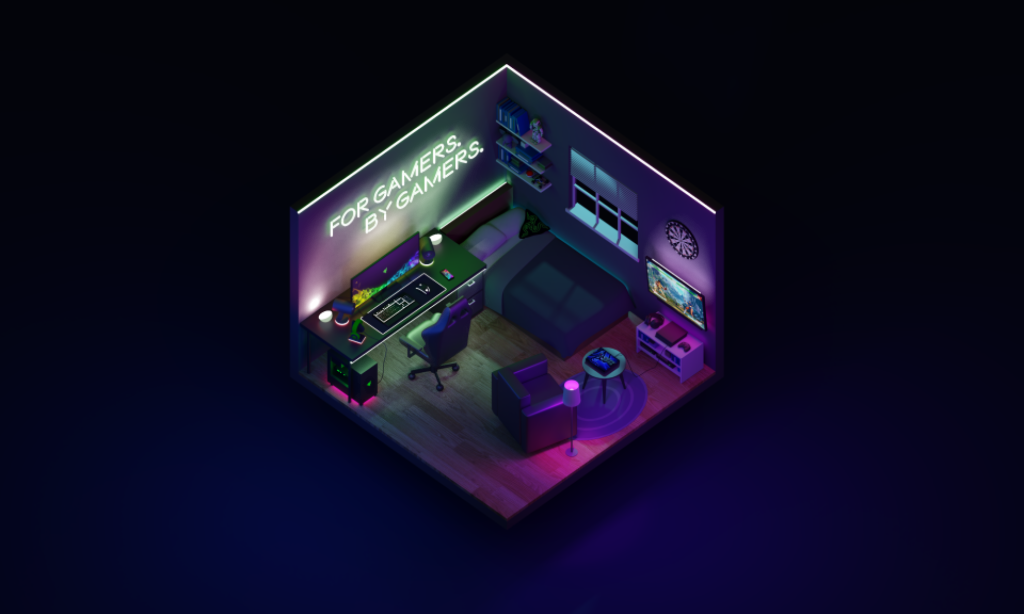Research Activity
The Wandering Earth
1. Clear narrative vision
The film is based on Cixin Liu’s novel of the same name. The background of the story is set in 2075. It tells the story that the sun is about to be destroyed and is no longer suitable for human survival. In the face of despair, human beings will start the “wandering earth” plan, trying to escape the solar system with the earth and find a new home for human beings. There are two clear story lines in the film. One is the father’s mission in outer space, and the other is the son, leading friends and family on earth to defend their homes and save the earth.
2. Strong terms of reference
In terms of visual style, director Gwo stated that, “Our starting point was actually based on the visual style of Soviet heavy industry, because the Chinese have a certain feeling for that, including feelings for Soviet buildings. There are still many bell towers of this kind on Changan Street in Beijing.”
For other designs in this film, take the pistol as an example. The design scheme of the pistol was based on the domestic 92 pistol at the beginning, and the scheme was more sci-fi. However, with the determination of exoskeleton, rifle and other equipment, the director intended to make the pistol less sci-fi compared with other individual equipment, shorten the length, make the whole more compact and look simpler. After referring to various pistols in service in the world, the team decided to deepen the pistol scheme based on Glock.
3. Strong terms of reference
The team discussed and adjusted constantly, and drew 3000 conceptual design drawings, here are several examples:
4. Technical Research & Development
Compared with previous sci-fi films in China, The Wandering Earth involves advantages in foreign sci-fi films and combines with Chinese concept, instead of simply imitating, which formed the Chinese-style of sci-fi. Chinese people like this kind of design with Chinese feelings and esthetics.
For technical support, the VFX company they found closed down in the process of production because of financial difficulties, but reorganized later. 80% of the visual effects are from Chinese local companies. It was really hard to produce this film, fortunately, it succeed in the end.










